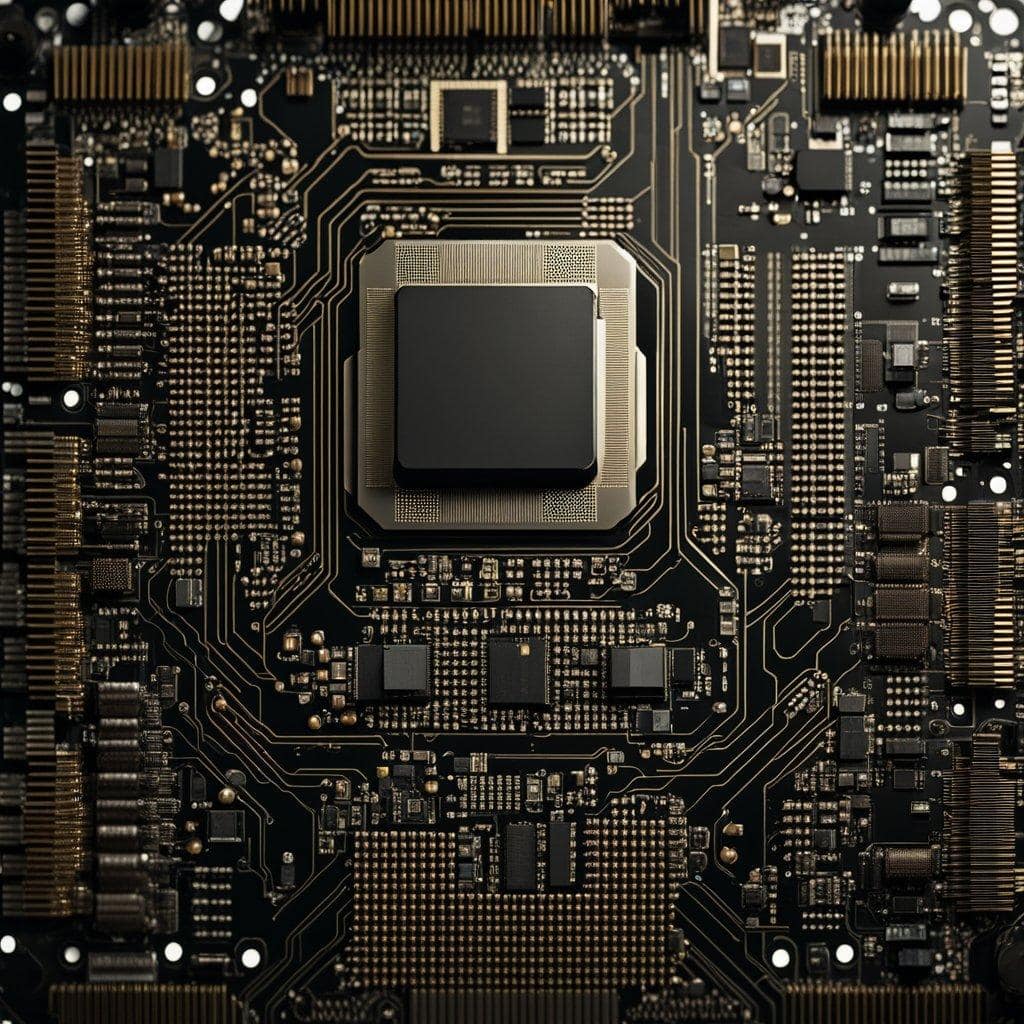TL;DR:
- The Central Processing Unit (CPU) is the brain of a computer, responsible for executing commands in the order of fetch, decode, execute, and writeback.
- Random Access Memory (RAM) houses open files and ongoing processes, making data quickly accessible; types include DRAM and SRAM. Read-only memory (ROM) retains data after power shutdown, unlike RAM.
- The motherboard links all computer parts, facilitates communication, and includes modern features like Wi-Fi, sound cards, and USB ports.
- Hard disks (HDD and SSD) store data; HDDs use spinning discs, while SSDs use flash memory. SSDs are faster and more resilient but pricier.
- SSDs, essentially faster and more robust than traditional hard drives, expedite the start-up and smooth running of a computer.
- The Graphics Processing Unit (GPU) renders images and videos; and can be integrated or discrete (separate card) based on usage needs.
- The Power Supply Unit (PSU) regulates the power requirements of all computer components, ensuring efficient performance.
- Connectivity ports and expansion slots allow for the addition of devices and functions respectively.
- Heat sinks and cooling systems manage heat within the computer, maintaining optimal performance while preventing overheating.
Ever wonder what’s going on inside your computer? All those tiny components humming along together, but what do they do exactly? In this guide, we’ll give you a tour of the internal architecture of your computer. From CPU to PSU, RAM to ROM, and HDD to SSD, we’ve got it covered. We’ll demystify these complex components and shed light on their purpose. Let’s begin your journey through the inner workings of your powerhouse machine. Buckle up, it’s going to be an enlightening ride!
What is the Central Processing Unit (CPU) and why is it so important?
Have you ever heard of the brain of a computer? That’s the CPU! As the Central Processing Unit, it’s a big deal. It has the job of making sure all the commands you give get done. Doing this means it has to work hard and follow a set plan, much like you and me! This plan has steps: fetch, decode, execute, and write. The CPU first fetches the command, and then decodes what it means. It then executes or does the command. Finally, it records or writes back what it did. You can see why it must follow these steps in order or it might miss something. It shows how important the CPU is, doesn’t it? We should all be grateful for the hard-working CPU in our computers. It takes all our commands and works hard to get them done. It is the brain of our computer!
What distinguishes the different types of RAM and their functions?
RAM, or Random Access Memory, is a vital part of any computer. Why? Because it’s where the magic happens! All your open files and running apps live in RAM. When you power off your computer, everything in RAM goes poof. This makes RAM “volatile,” meaning its contents vanish when the power goes out.
There are various types of RAM, each with distinct properties and functions. For instance, there’s DRAM (Dynamic RAM) and SRAM (Static RAM).
Feeling a bit lost? Let’s break this down!
DRAM is the most common type of RAM. It’s slower but cheaper than SRAM. Each byte (a tiny bit of information) in DRAM is stored in a different tiny circuit. This helps your computer access a ton of data at lightning speed!
Now, let’s hop over to SRAM. It’s more expensive and faster than DRAM. It also needs less power. Unlike DRAM, SRAM doesn’t need to refresh its memory cells. This means it can hold onto data as long as the power is on.
Then, there’s this thing called ROM (Read-Only Memory). “Read-only” means you can’t write new data onto ROM. ROM versus RAM? Well, the main difference lies in the storage of data. ROM is non-volatile, meaning it keeps data even when the power is off. On the other hand, RAM is volatile and loses data when power is cut.
See? Computers aren’t that complex after all! You too can speak the language of hardware.
What are the functions and features of the motherboard?
You might think of the motherboard as the “city mayor” of your computer. It’s the one calling the shots!
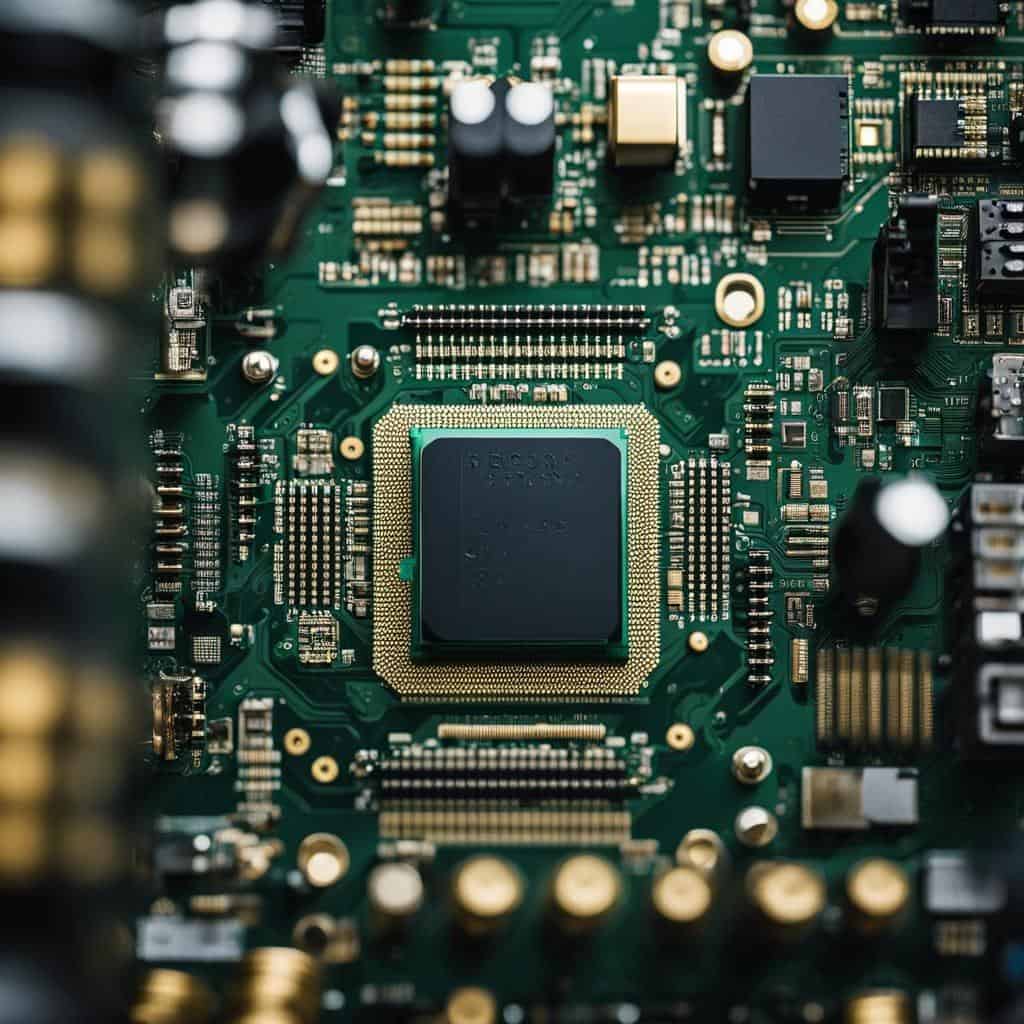
The role of the motherboard as the mainframe
Like a city’s infrastructure, the motherboard links all other parts of your computer. It holds the key components, like the CPU and RAM, and provides paths for communication between them.
Interaction of the motherboard with other components
Imagine if your city’s infrastructure didn’t connect every area. Chaos, right? That’s the motherboard’s job on your computer. It’s there to ensure information flows to where it’s needed. It interfaces with components, making everything work together.
Essential features of modern motherboards
Just like cities vary, so do motherboards. Some common features include built-in Wi-Fi, sound cards, and spaces for video cards. They often have USB ports for external devices too. In short, the motherboard is the nerve center of your PC, making sure all parts communicate effectively and deliver an optimal user experience.
How Do Hard Drives Work and What Are the Types?
Introduction to the Working of a Hard Drive
Guess what? Your hard drive is the brain’s library. It stores all your documents, photos, and software. Just like a librarian, it retrieves the data when you need it. But how does it do that? It’s simple!
Varied Types of Hard Drives and Their Differences
There are two main types of hard drives. The first is the HDD (Hard Disk Drive) which uses magnetic technology to store data on spinning disks. The second type, SSD (Solid State Drive), uses flash memory, pretty much like your USB stick.
So what’s the difference? The SSD is the hare: it can read and write data much faster, and it’s more durable because there are no moving parts. But the HDD is the tortoise: slower, but it has a much larger storage capacity. And guess what? It’s cheaper too!.
How to Partition a Hard Drive and Why
Did you know you can split your hard drive into smaller parts? This is called partitioning, and it can help keep your files organized. Nice! You can even install multiple OS (Operating Systems) and switch between them. Cool, right?
So now you know a bit more about hard drives. Don’t forget to treat them kindly – they’re holding onto your data!
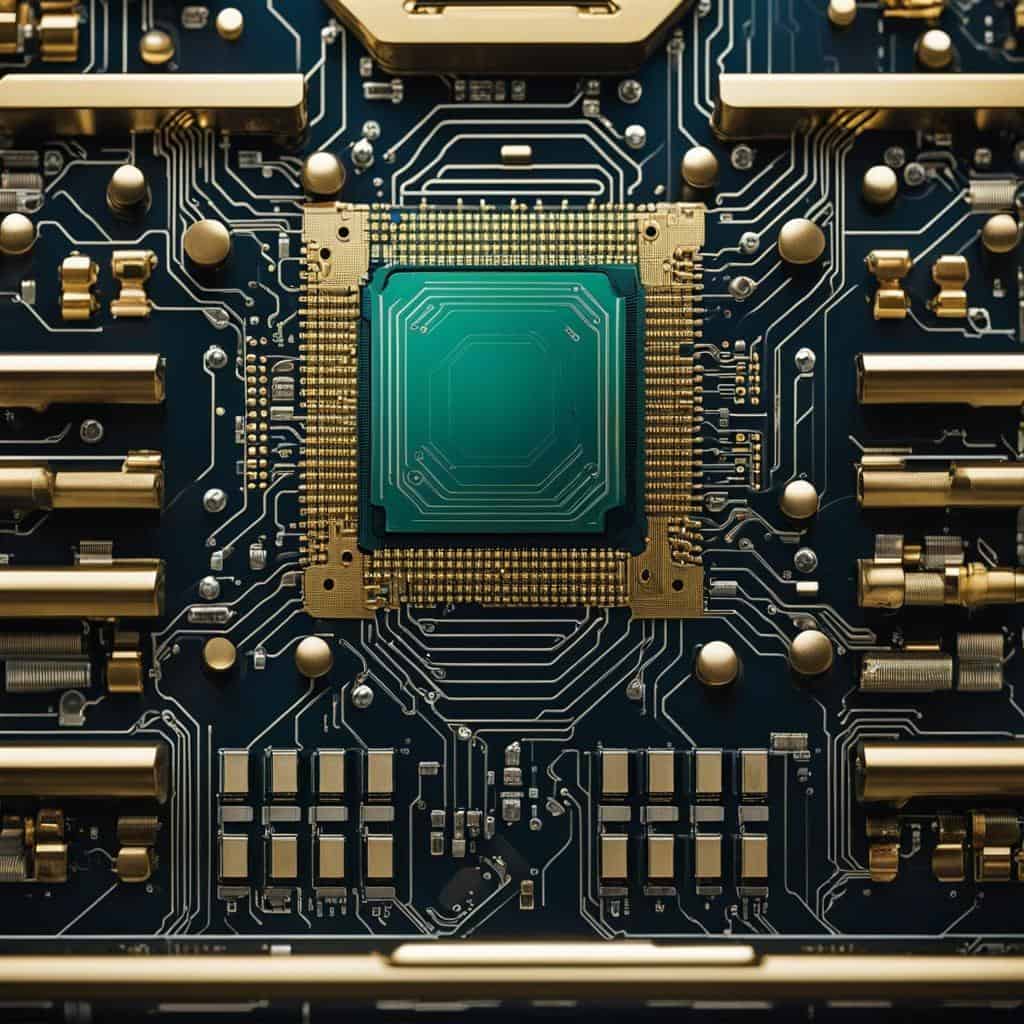
What benefits does a Solid-State Drive (SSD) offer over traditional hard drives?
Let me share about Solid-State Drives or SSDs, and how they can give your computer a power boost. SSDs are a newer type of internal storage for computers.
Understanding the Solid State Drive (SSD)
Firstly, what is an SSD? An SSD stores data in chips, unlike old hard drives, which store data on spinning metal disks. This makes SSDs faster since no physical parts need to move to find data.
Comparing SSDs and traditional hard drives
Okay, so SSDs are faster. But what else? Hard drives can break if you drop your laptop. On the other hand, SSDs are more robust because they don’t have moving parts. They can take a knock or two.
Benefits of SSDs in modern computing
The fast read and write speeds of SSDs make your computer start up quicker and run smoother. Programs load faster, and files are saved in a snap. Trust me, once you’ve tasted life with an SSD, you won’t go back to a slow hard drive!
Remember, a more efficient computer with an SSD means more free time for you. And that’s never a bad thing, right?
What does the Graphics Processing Unit (GPU) do?
Let’s talk graphics processing unit (GPU). It’s like an art master on your computer. It takes data from the central processing unit (CPU) and turns it into images.
Introduction to the Graphics Processing Unit (GPU)
Now, why is the GPU important? Think of your favorite video game. The GPU is the pro behind the awesome scenes you see. Without it, your gameplay would not look as good.
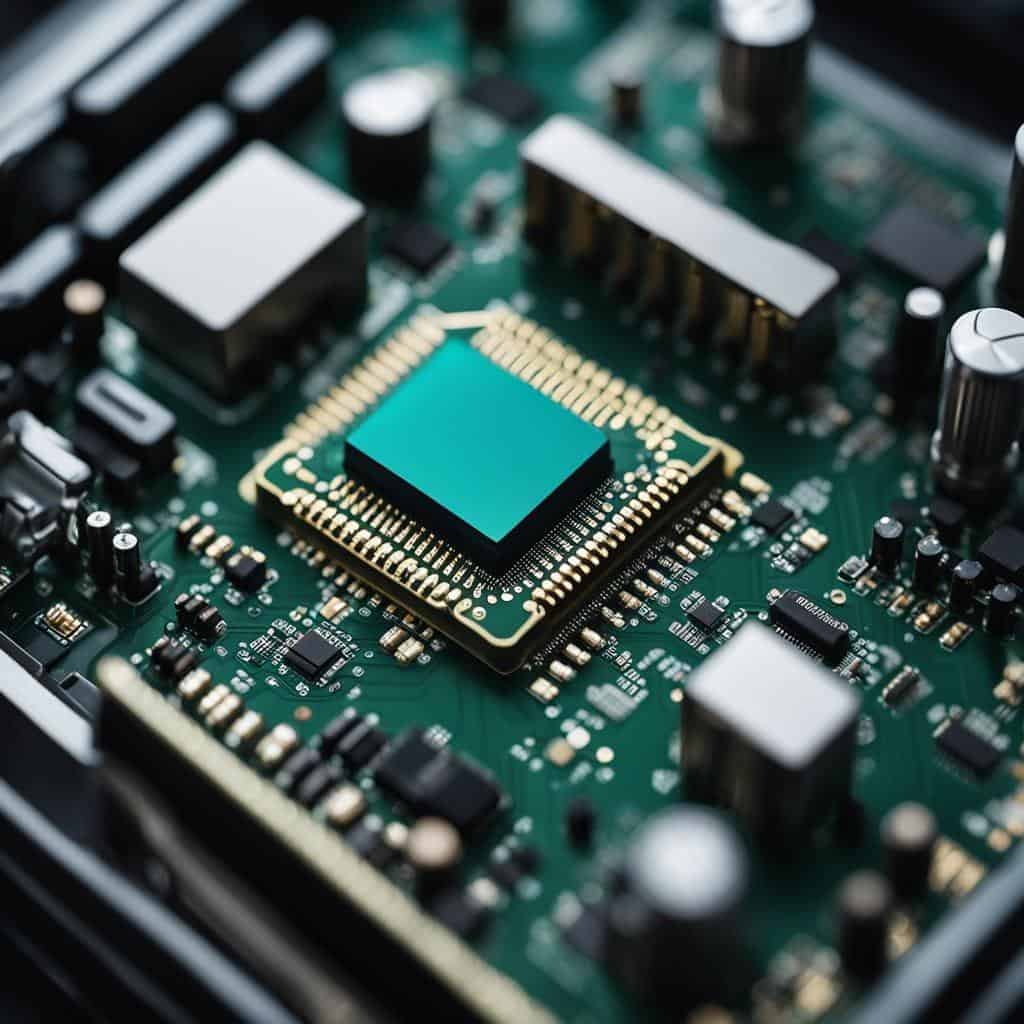
Role of the GPU in computing and gaming
While your CPU solves math problems, the GPU focuses on rendering images and video. So, when playing a high-graphic game, having a strong GPU can make a big difference.
Understanding the difference between integrated and discrete GPUs
Now, not all GPUs are made the same. Integrated GPUs are part of your CPU. This is great for basic tasks but not so much for heavy gaming. Discrete GPUs, on the other hand, are separate cards. This means they have their resources and they are a must-have for serious gamers.
Hence, understanding your GPU’s role will help you make the right pick when buying or upgrading your computer.
Why is a Power Supply Unit (PSU) essential to a computer system?
As a kid in a candy store, your eyes race around the vast array of shiny, sweet things. You want it all, but your pocket money only stretches so far. Akin to this scenario, a computer has many desires, albeit of the power-hungry kind. Is it figurative pocket money? The PSU, or Power Supply Unit.
The PSU is that silent worker in every computer system, rushing around to fulfill the power needs of all the internal components. Unlike our candy store scenario, the PSU ensures every part gets exactly what it needs, no small feat considering each has its unique power demands. Try to run your GPU, CPU, and hard drives without the PSU! You’d end up with nada, zilch, absolutely nothing. The computer simply cannot function without it.
But the PSU’s job isn’t just to distribute power. It also has to keep things efficient and safe. It transforms mains AC power into low-voltage DC power safe for computer components to guzzle. But what about how much power a component needs or uses? This wattage, so to speak, along with efficiency, are key aspects to understanding your PSU.
In a nutshell, the amount of power your computer components need to chomp on equals your PSU’s output wattage. The higher the overall power demands, the more beefy your PSU needs to be. But your PSU should also be efficient. A kind of smart shopper, squeezing out every bit of possible power from each watt it pulls from the mains.
So, you see, the PSU isn’t just essential. It’s the heart of the computer. Giving life to all else that resides within that metal box we so cherish.
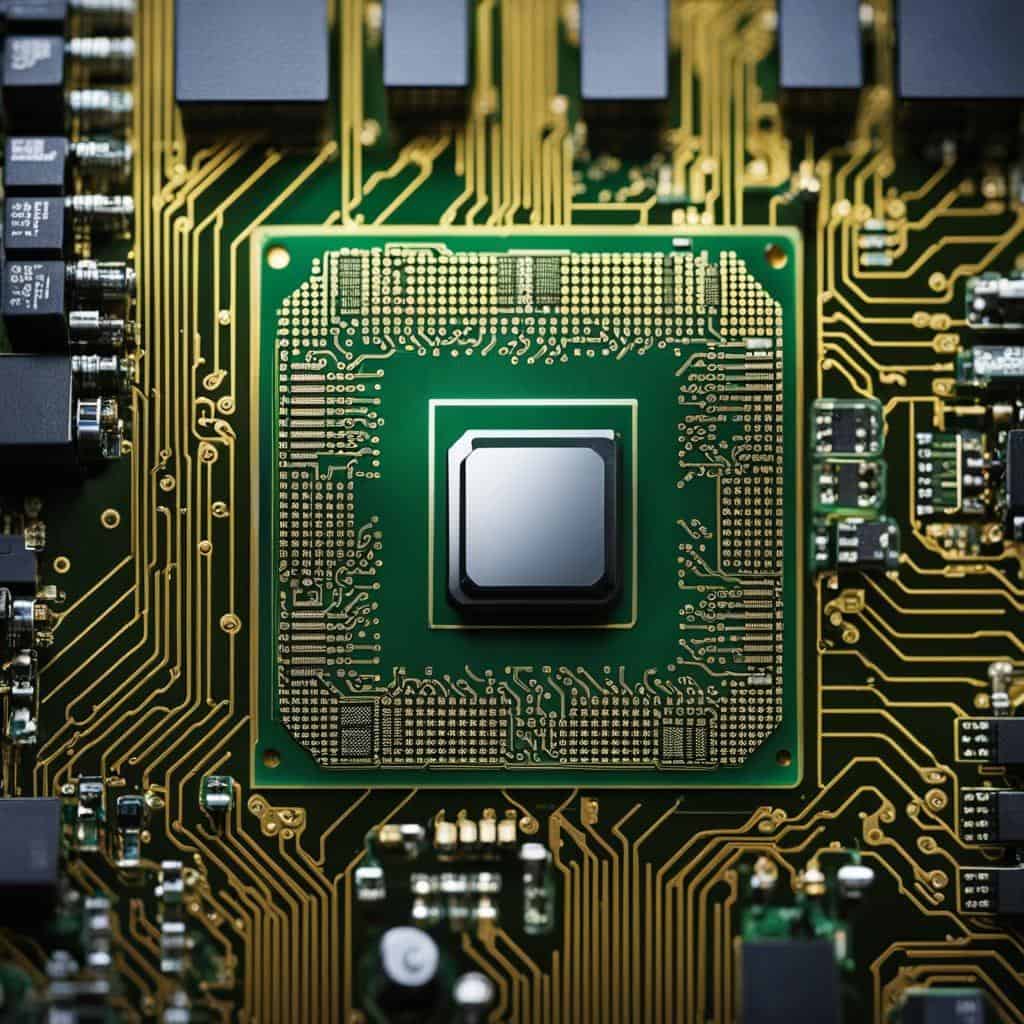
What functions do connectivity ports and expansion slots perform?
Do you see those neat rows of holes and slots on your computer? They’re connectivity ports and expansion slots. Ports let you add gadgets to your computer. Got a flash drive full of vacation snaps? Use a USB port.
Now, expansion slots. Imagine your computer is a city, and expansion slots are empty plots where you can build new buildings! Expansion slots let you add more functions to your computer. Ever wanted to capture video? Pop in a card in your computer’s PCIe (PCI Express) slot and abracadabra – you’re a film director!
Awesome, right? The more ports and slots, the more toys you can add. You may wonder, what’s a PCIe slot? It’s a high-speed connector that can practically sing! It links expansion devices with your computer’s motherboard – or the city hall. So remember, slots and ports are your keys to computer expansion!
How do heat sink and cooling systems keep your computer running smoothly?
Heat sink and its vital role in cooling
The heart of your computer cooling system is the heat sink. It tackles heat build-up in your machine. Like a goalie in a soccer match, it blocks rising temperatures.
The nature and purpose of cooling systems
Cooling systems pull off a fantastic stunt. They take the heat from the computer’s insides and chuck it out, keeping the device cool and safe.
The risk and prevention of overheating in internal components
Just like humans, computers hate being too hot. Overheating can cause serious harm to your system. To ward off this peril, an optimal airflow pattern that moves cool air in and hot air out is essential. As fans come in different sizes and speeds, picking the right one helps to keep your device chill.
In summary, heat sinks, cooling systems, fans, and good airflow work together to prevent your computer from overheating. They ensure everything runs well inside your box of wonders. So next time you are gaming, know that your computer has its team of goalies working for you tirelessly.
Conclusion
We’ve unraveled the key parts inside our tech companion, shedding light on CPUs, RAMs, motherboards, and hard drives. We dove into SSD benefits and the role GPUs play in visuals. We appreciated how PSUs power our systems and understood the function of ports and slots.
And lastly, we grasped the importance of cooling systems in preventing overheating. The journey of mastering computer components is fascinating, isn’t it? With this knowledge, you’re ready to navigate the vast landscape of computer technology with confidence.

